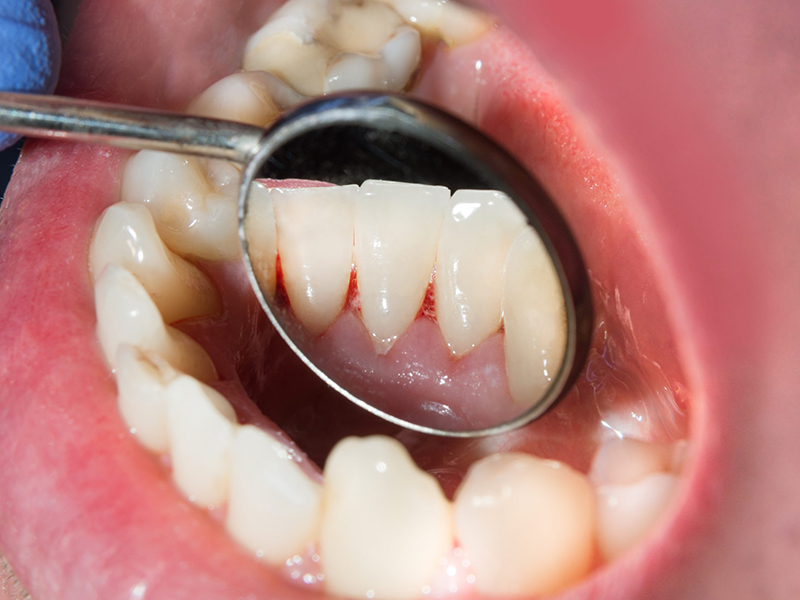Each year more than 37,000 Americans are diagnosed with oral or pharyngeal cancer, resulting in approximately 8,000 deaths. That’s a higher rate than cervical cancer, Hodgkin’s lymphoma, thyroid and skin cancer amongst other deadly forms of the disease. It might just be the least talked about cancer. However, awareness is changing. Through the efforts of the Oral Cancer Foundation, Americans are being made aware of the risks, causes and treatments for the disease. They have designated April as ‘Oral Cancer Awareness Month’.
Are you at risk for oral cancer? Recent studies show that the risk factors associated with this disease aren’t necessarily the ones we first think of. Smoking and ‘smokeless’ tobacco products readily come to mind as likely causes when we hear oral cancer discussed. These aren’t the only causes we should be worried about. One of the newest causes has been traced to an increase in the human papilloma virus HPV16. If you consume alcohol and smoke you are 15 times more likely to develop oral cancer than people who don’t indulge.
What was once a disease primarily associated with those over 40 has now seen an increase in occurrence amongst people in their 20s and 30s, due to the spread of HPV16. Men are about twice as likely to be diagnosed with oral cancer as women. When race is considered, blacks are twice as likely to be diagnosed with oral cancer as whites.
Oral cancer has a particularly high death rate, primarily due to being detected very late in its development. While breast cancer is widely screened through self-checks and mammograms, oral cancer lacks a similar coordinated screening process. Often times it is not detected until it has metatasized to other parts of the body.
What should you be looking for? Oral cancer is often painless and causes very few physical changes in your mouth. You should have any sore or discolored area in your mouth examined by a professional if it doesn’t heal within 14 days. Some common symptoms are a lump or mass on the inside of your mouth or neck, pain or difficulty in swallowing, speaking or chewing, or any numbness in your mouth. You should also be on alert for persistent ear aches, especially if they are only on one side of your head.
The ideal time for oral cancer screening is during your semi-annual visit to the dentist. He or she is specially trained to recognize the symptoms of oral cancer. Many dentists have begun using advanced cancer screening tools unavailable just a few years ago.
Info courtesy of Leawood Lifestyle

